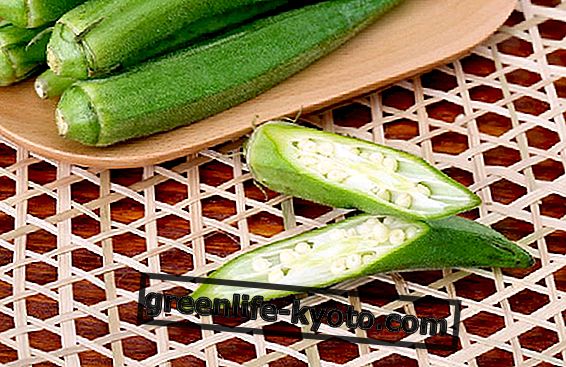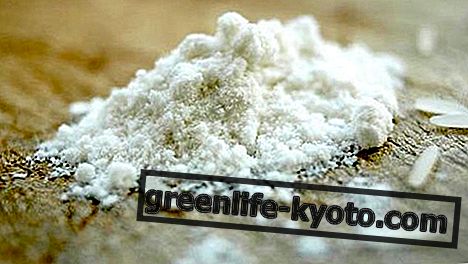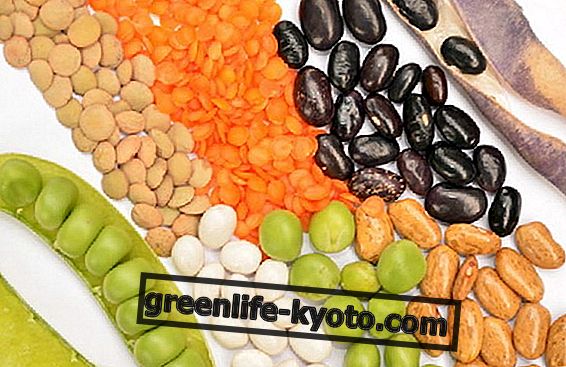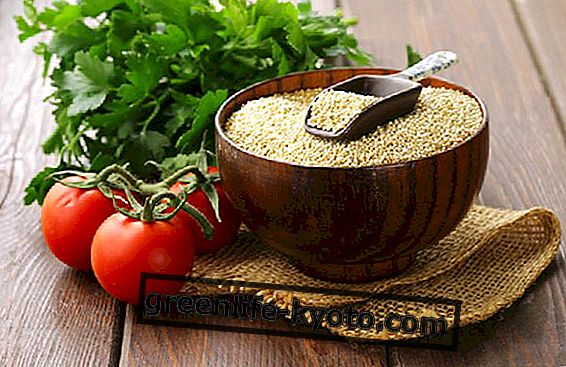
What is maqui?
The maqui looks like a blueberry, but it is not. Comes from Chilean Patagonia and is a concentrate of polyphenols and antioxidants with a thousand properties : it is called maqui and is a sweet berry with an intense taste. The maqui (read machì) is a large shrub that grows in southern Patagonia, especially in the Juan Fernandez archipelago in Chile and is full of blue berries that resemble blueberries . They are the berries, to be considered a real treasure, for the plant and beyond. Brilliant, tasty, edible, of an intense and deep blue thanks to the content of particular polyphenols that protect the plant from the sun, in summer they ripen in abundance. In these areas, the climate, the sun and the environmental conditions have brought the shrub to a gradual and progressive development of the production of these natural pigments, to the point that today the maqui is the berry with the highest content of anthocyanins in absolute .
Polyphenols, the precious antioxidants
The maqui is rich in polyphenols, but it is not just any polyphenols. What exactly are polyphenols? These are compounds produced by the secondary metabolism of plants of which they constitute the immune system. They are external substances that the human organism is not able to produce, but which it acquires through food, especially through fruit and vegetables. These substances are able to block the main genetic switch of cellular inflammation and slow down the aging process .
Pycnogenol also has antioxidant properties: find out when and how to use it
In fact, the latest discoveries in science speak of polyphenols as fantastic natural allies to combat stress, both physical and mental. In fact, they are powerful antioxidants, which prevent all those diseases linked to aging, rejuvenate the epithelial cells, make the skin more elastic, reduce wrinkles and protect it from everyday stresses. Polyphenols are also good for the body : they modulate cellular inflammation and regulate cellular energy balance, or they facilitate the development of energy from fat, reducing cholesterol synthesis and improving blood flow. In particular, the qualities of the maqui are praised as a rich berry of the most effective of the polyphenols, the delphinidins . Other types of fruit, such as currants, blueberries, raspberries, blackberries and strawberries, are also rich in polyphenols, called anthocyanins .

How are the berries used?
Maqui berries have been used in the local tradition for hundreds of years, primarily in the kitchen, to prepare jams, cakes, juices. But not only. The dye is added to the culinary use. The South American populations have used this berry as a natural dye for fabrics and clothing. Finally this extraordinary berry seems to be very appreciated in the field of nutrigenomics, or rather that multidisciplinary science that studies the interaction between nutrition and DNA, or how the food we ingest influences our genes. The collection of maqui is a long, tiring and patient process. The maqui berry is harvested exclusively in the original environment, by hand, carefully slipping through the shrubs so as not to break them and gently removing each individual berry from the twig. This is why it is so precious.
Curiosities : The original populations of the Juan Fernandez archipelago, the Mapuche, have always used maqui. It is curious to observe their skin, in particular images or photos of women: there are very old ladies who come from the countryside, who are in the sun all day, they have never used beauty creams or concoctions and they have the skin of a woman of 30 years!
See the Video reportage - Discovering the Maqui













